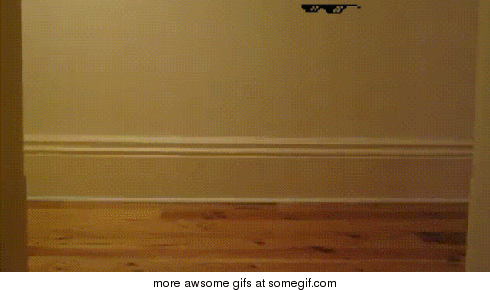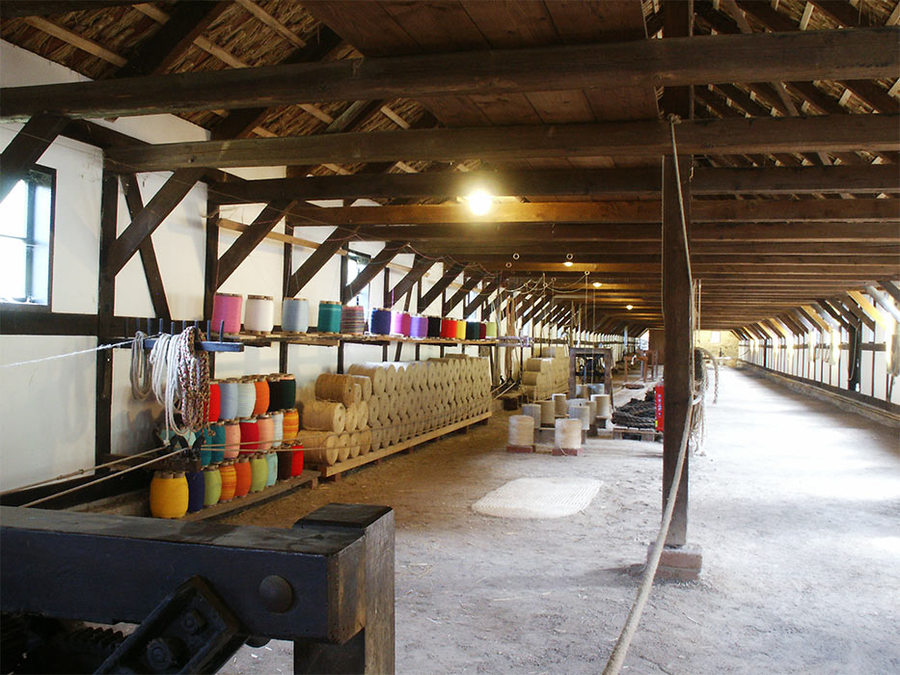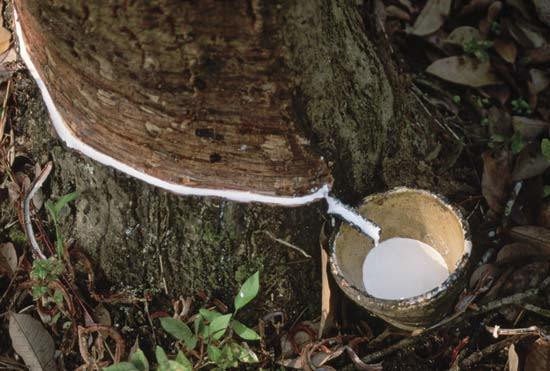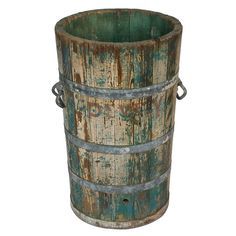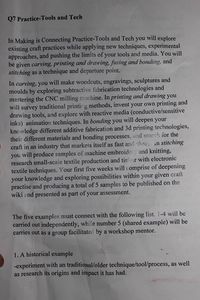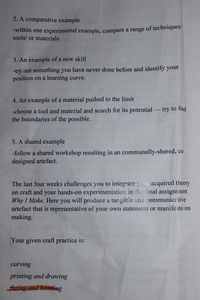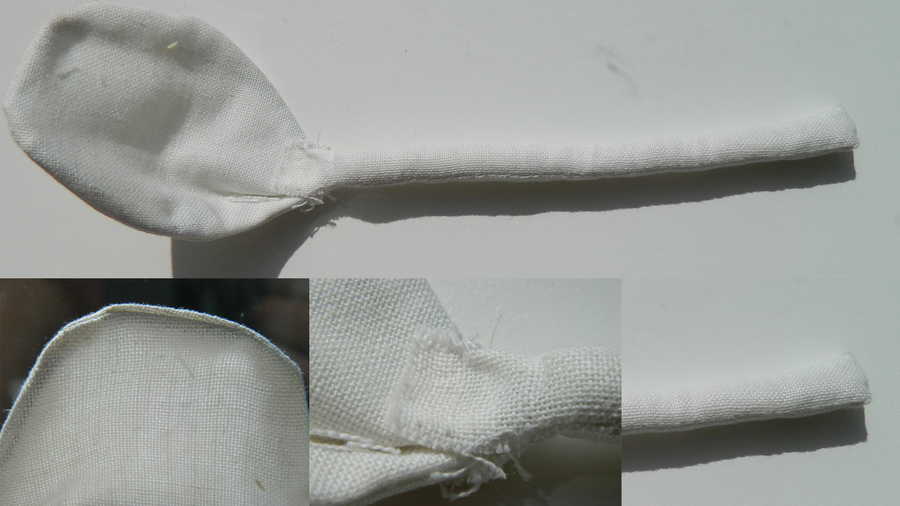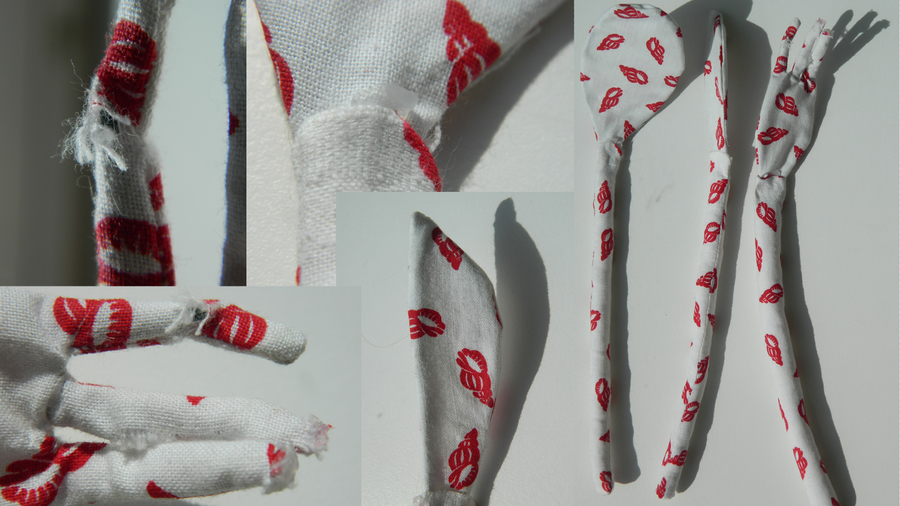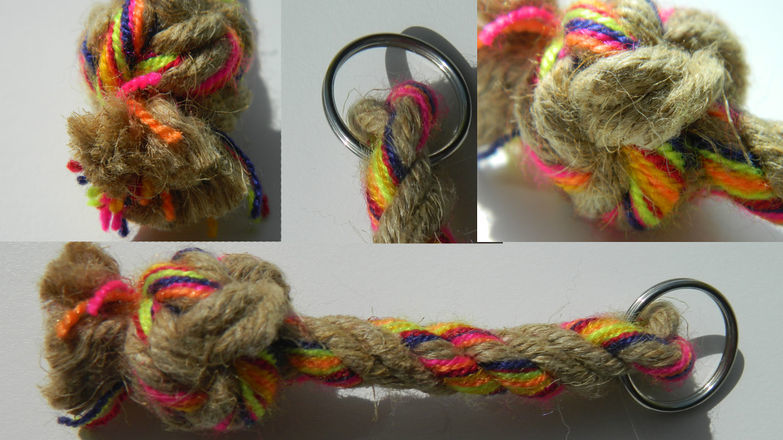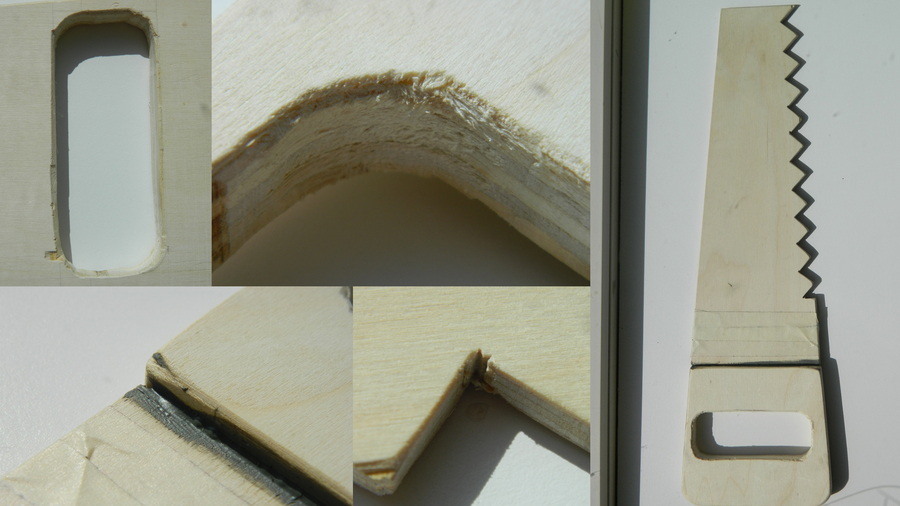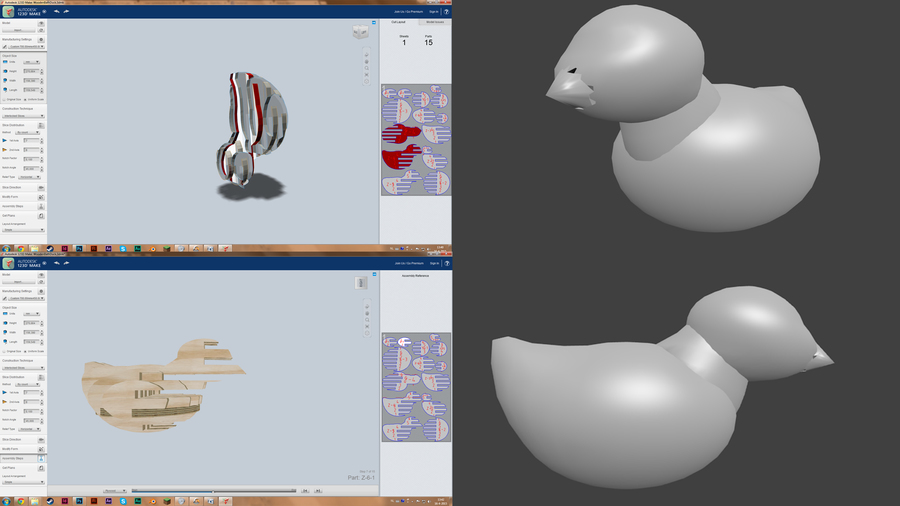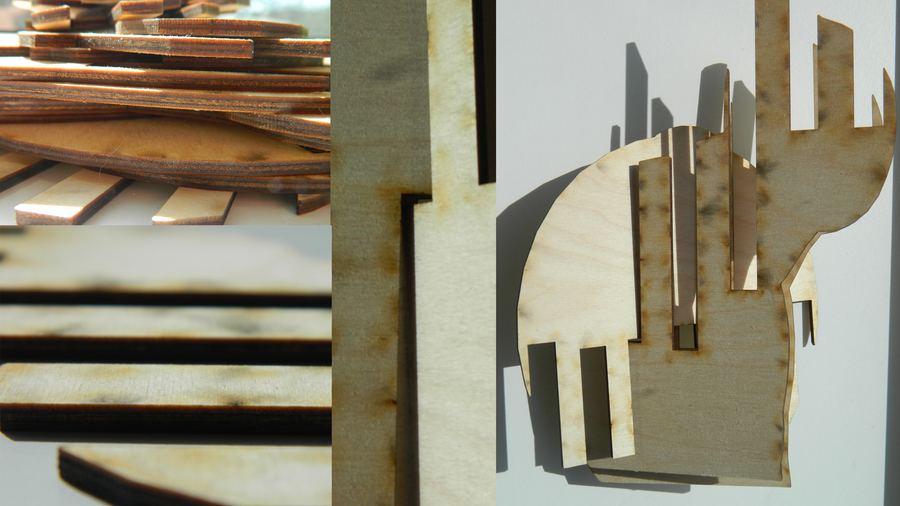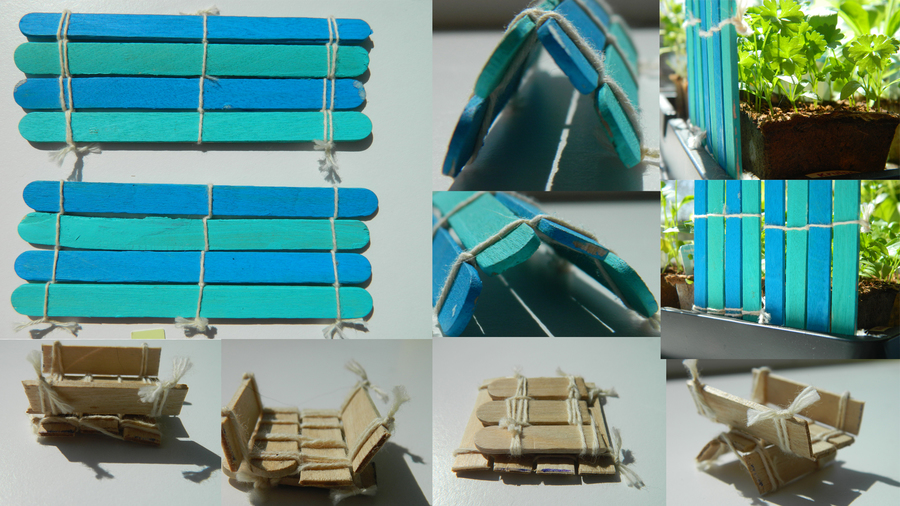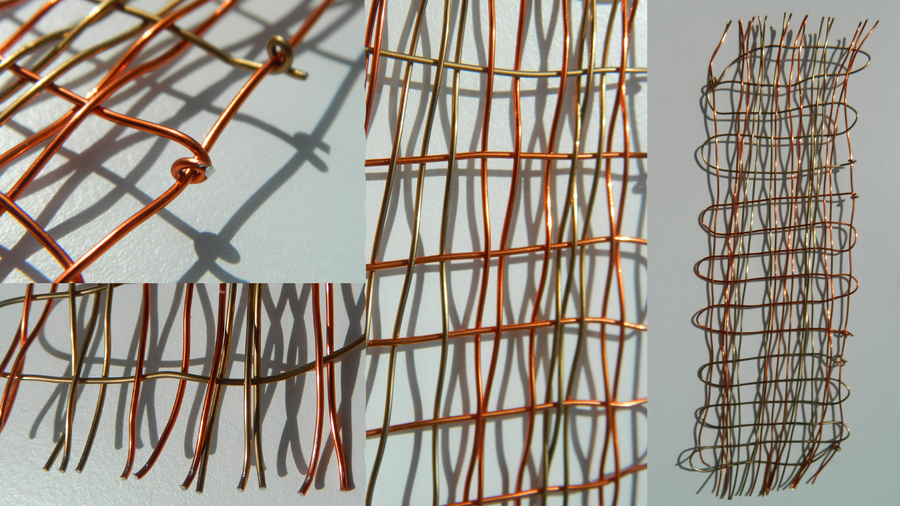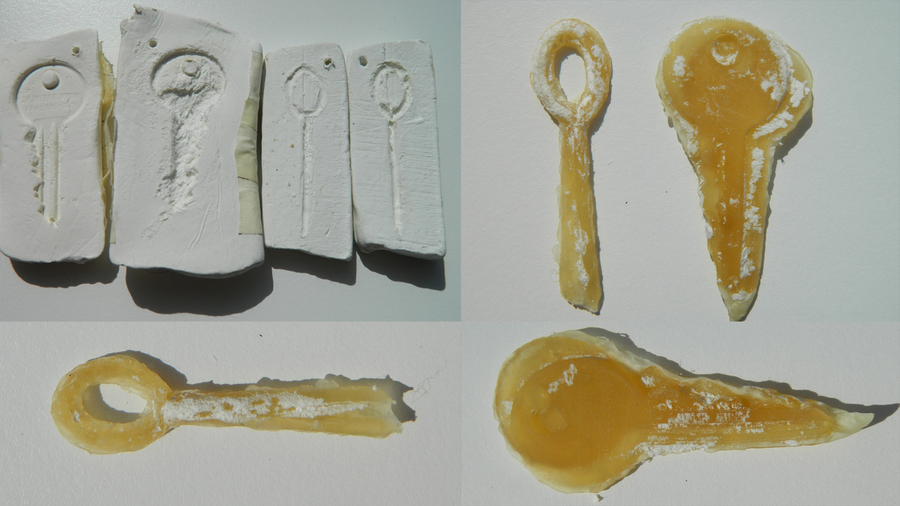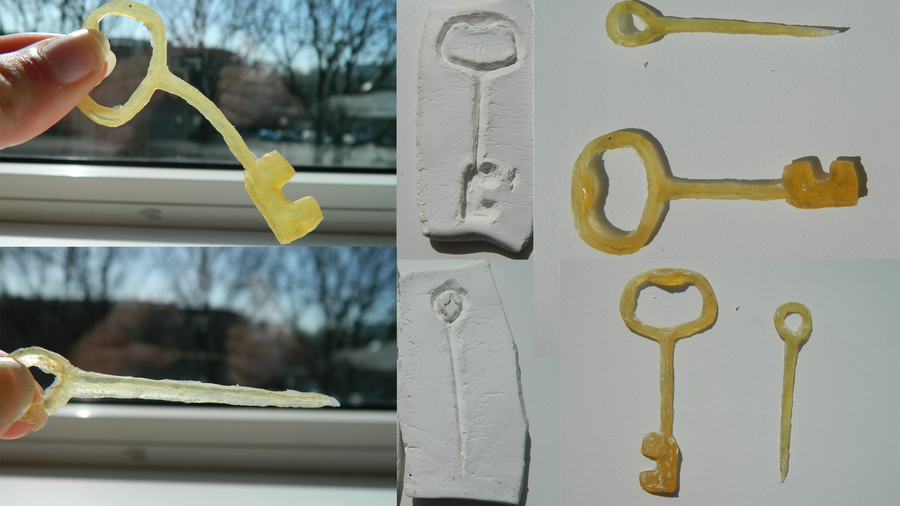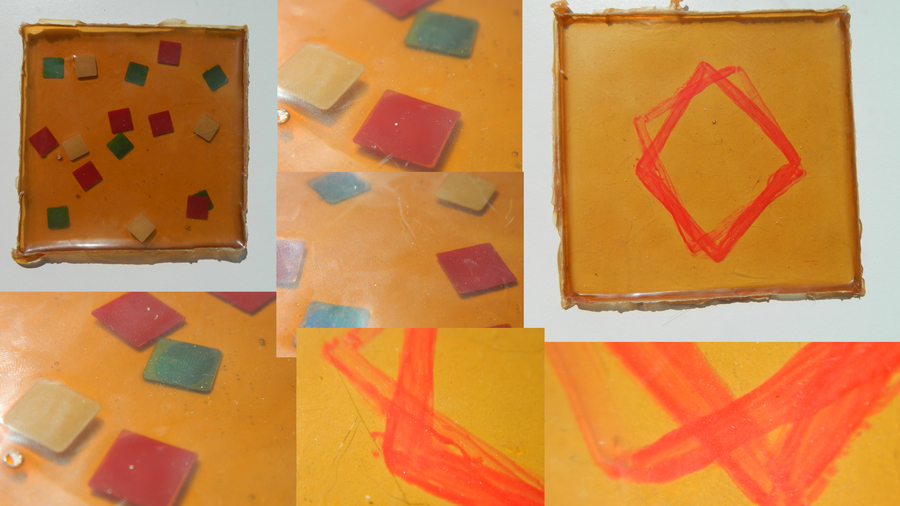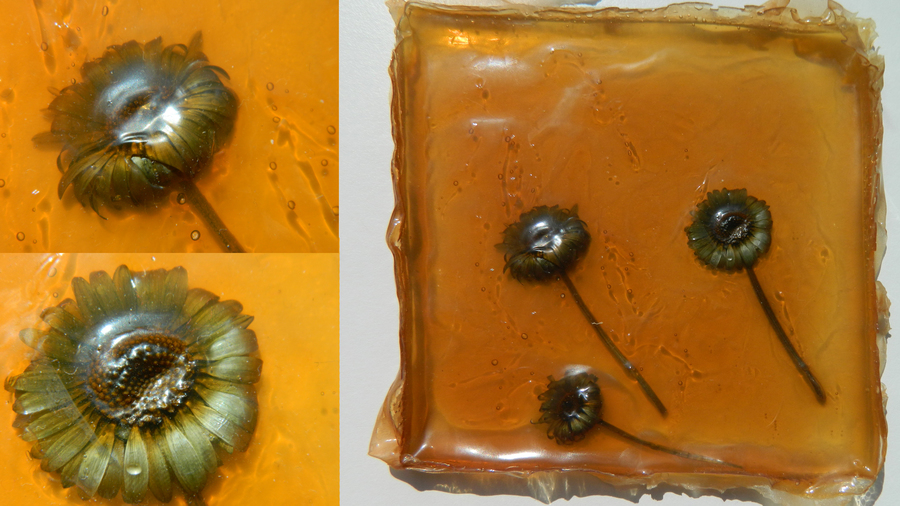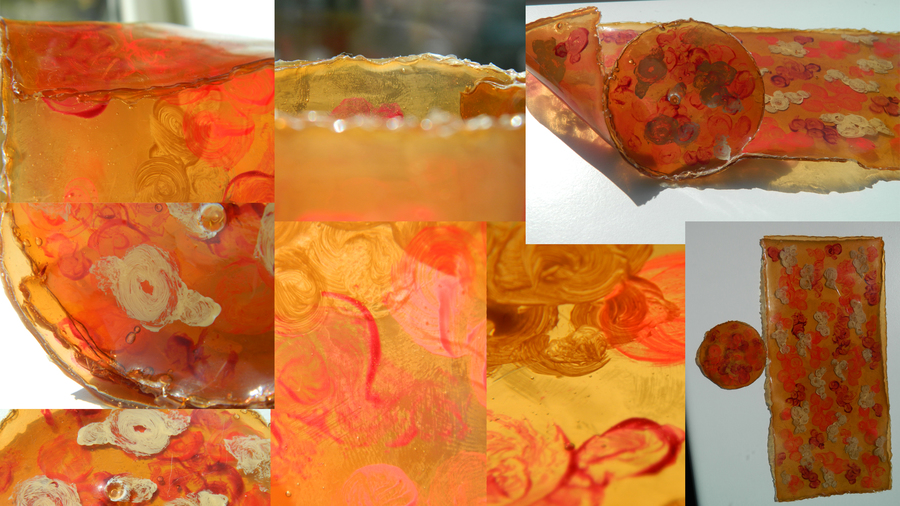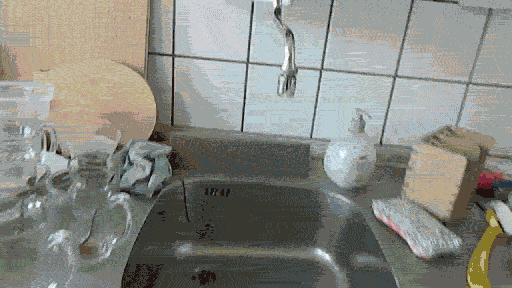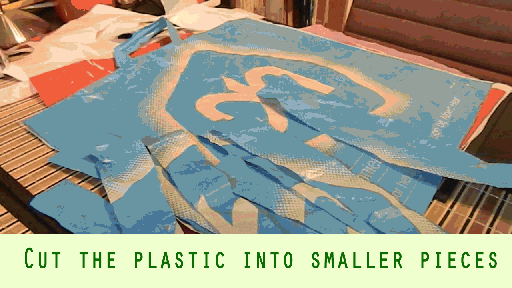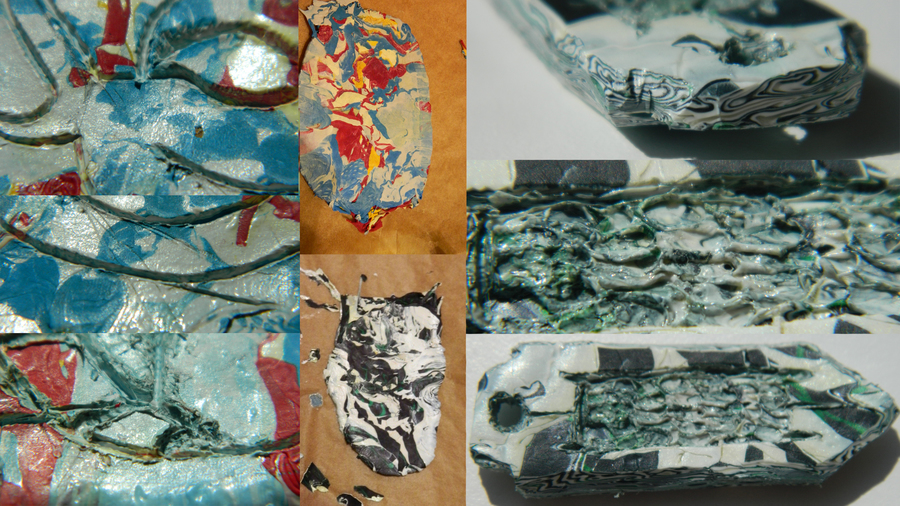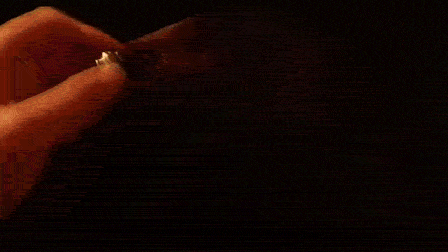User:RKraai
Roos Kraaieveld
<pre="color: #380B61"> Additional Stuff
Contents
Inspiration and research
Making is Connecting - by David Gauntlett
Thoughts on art and craft
The book Making is Connecting by David Gauntlett. There were some things that I found very interesting. Whether I agreed, opposed or wanted to experience or did not know. The book addressed many things many interesting things on how different societies in the past looked at craft, as well as Art & Craft. That there used to such a hard line between art and craft. From what I've read, in the 15th till 18th century you were an artist if you made religious paintings or paintings at court or monarchs. You were a craftsman if you made weapons, tools or houses even. As a craftsman you could make art, like wooden carved statue, but that didn't say you were an artist. Gauntlett underpint this by saying craft is a professional form of work which is practiced to make something for others. In this scenario it means there is no emotional bond between the craftsman and his work. The controversial thing is that a painter at court does the exact same thing, so what makes him?
So somehow this concept of art and craft was divided in two:
- Art is ' truly creative transformation of idea/emotions into visual objects '
- Craft is ' indicating the less prestigious production of carvings and pots '
What is interesting is that people argue that this divided meaning is caused by the term creativity. Having creativity is separates "making objects" and "having ideas"
Other disagree and argue that "having idea's" and "making objects", body and mind, is one thing and both are part by any craft/arts process. This is a statement with whitch I agree, and maybe you can only agree with if you have experienced itself.
As highly and driven people argue that art and craft are two separate thing, I can not help to disagree.
- A crafted objects requires a skill which others do not maintain. Not everybody can smith and not everyone can make a realistic painting either.
- A craftsman puts as much emphases in his work as an artist will do.
In my opinion art and craft are mostly divided in it's purpose, talking about the object itself and the meaning behind it. This is closely related to the amount of input of the person making it.
- If a craftsman is asked for a chair, and he just makes a chair that is useful, it will be craft.
- If a craftsman is asked for a chair, and he makes it useful and adding more time by e.g. adding carved details, it could be considered art.
One could say that adding something to 'a craft' could make it art.
A funny thing to note is that in the 12th century monks who brewed beer was considered a craft, relating Trappist beer. Monks fulfilling their labor and satisfaction they got from it. Moving on the timeline it also became more of an art. The best taste as well as a logo, brand image or font that would indicate which beer was what. Nowadays it's still seen as a craft, more because people (Brewmasters) consider themselves a craftsman not because society does so.
This is really interesting because the normal brainwave of people see art and craft as objects, paintings, statues, decorations etc. The World of Brewing Beer has the same concepts of this ' Art' and ' Craft, but the product is entirely something else.
The Future
Now I've been talking about many years in the past. But what about now?
Why is there is till craft when we have massive machines producing craft for us? Ikea factories making thousands of chairs a day? This is a very interesting topic because it differs for each person. With that I maybe mean the costumer/consumer more than the craftsman. The book addresses a fascinating statement about this. Ellen Dissanayake states "The pleasure in making lies in the fact that one can make something that didn't exist before, by ones own feelings, hands and dexterity". One believes that this is the soulreason why craft survived and is still practiced. Not as much for the people who want it, but for the people who do it. And I am not talking about craft that we need because we can not mass produce it. I talk about a carpenter who makes chairs while everybody visits Sunday's Ikea Living Room sale.
Now this is the part were it becomes most interesting. The rise of digital and electronic devices, equipment and knowledge. How much I love it and how it also actually hate it.
- Electronics are able to produce things for us, which takes a away the emotional and learning experience of making something with your own hands and skill. So it becomes empty
- People say it's easier, not simple, quicker and cheaper.
Yet the rise of digital and electronic devices, equipment and knowledge produces another opportunity for new kinds of craft. Or posing an opportunity for people who weren't able to 'craft' before, which they can do now by this technology. Or some people taking the piss out of it. Over the last couple of decades the switches, styles, movements in the concept of Arts & Craft have shifted loads. [I am not going to address everything], just parts that interest and inspire me.
Photographer Antoine Bruy traveled through wastelands to find people who choose to not live in big cities. People who are self providing. Making things themselves to keep them alive or satisfy them. His photo collection Scrublands shows people living in this way. But there is something interesting about it. Although mostly everything is made and sustained by themselves, there are still factors of modern day society. See here for the full collection.
A few weeks back I went to the Freilichtmuseum in Hagen (near Dortmund). It's not as much a museum as you think. It's more of a small village where crafts, art, books and other objects and traditions from Medieval times are recreated and practiced. I think it's really great that there are people who still recreate old craftsmanship, not only things like woodcarving but also baking bread knitting etc.
One artist I like in particular, which actually steps away from the base of a craft is Helmut Smits. He crafts by either adding things together, mixes, or changing it's material that is normally used to craft the object. Especially the last part is very interesting as it creates a kind of comical effect.
- Slavelamp is an amazingly funny concept as he took away the key part of a lamp, it's standard. This creates a new object which already exists, a flashlight. But because of the shape of the lamp it still suggests its a table lamp. So replacing the standard by a human..well.
- Candlelamp is again a modified lamp. This time Smits combined the older source of light with the new one.
- Trophy Cabinet seems like an illusion. From a far it really looks like trophies. But if you look closer. It's funny and interesting that wrapping material for food has the same kind of shapes related to trophies.
- Dead Pixel on Google Earth is not as much as crafting as it is amazingly clever.
So It's not that I have been mentioning the Ikea just randomly. There is something that interests me more about smaller crafts made by hand and simple tools, than big things made with machines which not everybody has access to. There is a movement called Ikea Hacks. Where people "hack" or "pimp" their Ikea furniture or house decoration. And it's just really interesting to see how one product, can be altered in visual style, so many different times. Which creates unique examples of small crafts. It's much more personal than working with metal were you need a workshop, tool etc etc. The site IkeaHacks.net offers loads of visual inspiration and done project to support and stimulate people to make something out of the plain Billy Bookcase. Some people are really driven in this vibe of Ikea hacks, calling it Art Furniture.
This 'thing' is called DIY, Do-it-yourself culture. Making things yourself instead of buying them. Or personalize something generic to make it something of your own.
Another form of DIY-ing is the Burning Man Festival. It's a way larger scale than Ikea Hacks is. It's a festival in a desert which is aimed to make a non-valued (no money involved) community who makes things and have fun. Installations of 10 meters high are displayed, you can climb on them what ever you want. They are not for sale, like other 'art pieces' and at the end of the festival, they are burned to the ground.
" Just for the sake of doing it"- Emily Fletcher
As impressive as they crafts are, the culture that it brings is way more interesting. It's about non-economical, non-judgmental,- pro-social and happiness, Hippies actually. Just to give other people and yourself an good feeling of happiness. And this is done through works of craft, art, socializing, dancing, alcohol and drugs.
There is a quote I know for a long time know which I like to imply in my own works. This statement I see so strong in the Burning Man Festival and the DIY Culture.
Design needs to seduce, shape and perhaps more importantly, evoke a emotional reaction. - April Greiman
DIY-ing has grown massively over the last few years. Not in a way that I thought first. It's the Digital DIY-ing that has grown. Especially when Microsoft made the Kinect Software an open source. There is this whole other side of people making digital crafts, videos projections robots etc. Mainly because of the internet this is possible. There is a big pool of information and How-To tutorials, tips and tricks from were people can learn how to do small complicated things. For example Instructables or WikiHow. What I think is the most interesting of this Digital Craft Culture is people who combine it with traditional art of craft e.g.;
- Art Aquarium, putting drawings of children in a projection.
- Wooden Mirror, were the light reflecting on the wooden pieces creates a mirror, as well as a lot of noise.
As last I want to mention two TED Talks.
- Ellen Jorgensen talks about open source microbiology science, in a DIY way. She mentions that opening or outing certain information to the public makes space and an option for a certain technology or a like to grow, improve and evolve. See here for the full TED Talk
- Massimo Banzi, my great hero, and co-founder of the Arduino Open Source. See here for the full TED Talk
Sources and interesting links:
Fusing and Bonding
Now as a guideline, I got Fusing and bonding assigned. So basically I am restricted to a boundary on where to focus on. Not that it's a big problem as I am very interested in combinations of traditional and digital ways of working, crafting and art. Though I notice everyone has a different opinion about fusing and bonding.
- I think the Burning Man Festival is a fusing of bonding with people through art and craft.
- Using technology e.g. an Arduino or Kinect, to make it interactive with the real world, e.g. The Wooden Mirror.
- Material and purpose is bonded and can be adjusted to make something else, bonding a material to a certain purpose or changing it, Helmut Smits.
I had a hard time focusing on one thing. On one hand I wanted to make something in the contexts as Smits does, a comical effect by changing materials. And on the other hand I didn't want to focus on one material because of this context.
Latex
Latex is a organic milky white substance that is subtracted from flowering plants and tree's. It's been discovered in the 17th century but only in the 18th century there were breakthroughs on how the chemical works. When dried it has a stretching and relatively strong character. It's used in glues, condoms, gloves, memory foam, (paint) coats and molds for smithing and pottery, to protect something but still make it usable because of the flexibility. So it's a material that is always mixed with other material to add the flex effect. It's doesn't work, stand, function (except the mold obv.) on it's own like wood does. I choose latex as one of my materials because I wanted to see if there is a way to make organic Latex stand on it's own as a product, with it's characteristics.
Characteristics are:
- Flexible
- High stretch capabilities
- Relatively sticky when dried
- Holds fluids, or protects from fluids
- Semi-transparent
- Soft squishy
- The thickness of the latex relates two how strong it is, the thinner the more floppy
Wooden planks
Something that annoy's be about wooden planks is the use of nails and screws for attaching wood. Of course there is wood glue, but that doesn't always suffice. When you ask the question What can I use instead of nails and screws? think about what they did when they weren't even invented. The very first examples of assembling wood is a sticky mud substance dried on fire or sun and rope. The mud is till used in countries in Africa to assemble their houses and fundamental improve them. But when the mud dries, it will become hard and unmovable. Rope is rarely used, e.g. could be for Sushi Mats, which is still movable after assembling. Later on also iron, metal or copper was used to tie the wooden planks together.
Wood characteristics are:
- The thicker the stronger
- Holds fluids or protects from fluids
- Though it's tainted by water or moist in long term.
- Strong, as a fundamental.
- When carved, can me used as an art form.
Statements
- Describe in around 300 words what the broader cultural or historical context is of the technique/craft/process/tool/material you've focused on?
The material wood has ancient history as it goes for craft. Before smithing was "invented" wood was the main material for all sorts of things, everything that needed a strong fundamental, non transparent, durable. Down side was, it's very flammable and started rotting in moist climates. Wood has a certain pattern for what objects or purposes it's used, Latex however hasn't been used a lot until the late 19th century by anyone else expect for native Native Americans. One a side note, in 1846, Queen Victoria's coach tires were made out of rubber[1]. Latex has certain patterns for what it is used, often added to another substance to imrpove a material, or just basically for its flexible and staunch characteristics. So I am working with a relatively new material as well as an old material.
- Describe in around 100 words how can the technique/craft/process/tool/material you've worked impact your practice?
Working with wood was kind of new for me, but it's not that hard to do, especially if you have a workshop with tools. Also that working with something that has been there for years and has been exploited and experimented with, it didn't really offer anything new or interesting for me. The cloth I've worked with wasn't not that new to be honest, I knew how to sew, I now just learned how to sew with a sewing machine. The latex how ever was very interesting. I've never worked with it as well as the fact that just the substance and material was exiting to work with.
- Look back on what you've written so far and write a 100 word statement on why you make.
Why I make is because of the quote I mentioned earlier. Design needs to seduce, shape and perhaps more importantly, evoke a emotional reaction by April Greiman. The process of making a design includes experiments things I learn etc. This reaction can be towards the audience experiencing the object and my reaction during the process.
Process
So with the very first practical lesson we were divided into groups and assigned a theme we would work around, the one I mentioned earlier, Fusing and Bonding. See here to view the crafting according to this piece of paper.
During the first lesson we made a list of ways of assembling things.
- 3D printing
- clay, paper mâché, soldering
- Blending, lasercutter, gluegun
- 3D printer
- Knitting
- Embroidery
- Claying
- Melting
- Smelting
- Welding
- Soldering
- Stitching
- Paper mâché
- Taping
- Brick laying/mortar
- Lego/Knex etc.
- Cooking
- Stapling
- Kintsugi, fixing or re-assembling broken pottery with gold, silver or other ores.
- Paperclip
Cloth
First I took the material cloth. Cloth is used for keeping warm, a low level of protection, as a soft characteristic. So I searched for a counterpart. What needs to be sturdy, sharp or cold. Then I thought of silvery, knives, spoons and forks.
So I made a cloth spoon. I sewed a sack-a-like spoon shape, so that I could put a iron wire structure in it, to make it '3D' and a little bit more stable. The handle is filled with stuffing. It's a combination of two (wrong) materials to make a normal object, iron wire and cloth.
After this I made an entire set of silvery, the same way as the first one. I took them out of proportion to add the a comical effect.
This is the knot I made at the FreilichtMuseum.
Wood
As for wood I wanted to do something without the nails and screws, before I did that I wanted to be more comfortable with the material so I just kept the combination of purpose and tool in mind. I made a wooden saw, made a tool for a material, with its own material. So there is some irony in there, but on the other hand it is not that strong. It became more like a children's toy -Roel (he is kind of right)
As a more modern example of crafting with wood I wanted to go lasercutting. With lasercutting you can make an object with Interlocked slices. This is a way of fusing and bonding without needing another substance or material to assemble it. So I modeled in a 3D program, Blender, a duck, a bathtub duck. I choose this object for the reason that a bathtub duck is supposed to be soft and hollow to play with and keep a float.
I didn't really succeed the first time. I made the gaps too big. The gabs should be as big as the material is thin. The material was 3mm and the gabs 1 cm. Not only that went wrong though. I didn't size the complete duck small enough to fit on the 70x40cm material. So this is how it turned out. Although it was a flop, I noticed something interesting. The burn marks on the wood the laser leaves behind look really great. It gives a worn or old look to the wood.
As last I did what I mentioned earlier was assembling wood without damaging the wood. No nails, screws or glue(which is a pretty obvious way of fusing and bonding). I tied them together with a rope, 70% wool and 30% linen. But what should I make? Well surely enough the internet gave me some inspiration. There is a viral video of a Tiny Hamster in a Tiny Playground, mostly made with wooden sticks for ice scream. In The Making Of at the end of the video, they showed how they made it. For some reason I felt like there were loads of possibilities to make things, so I bought some ice scream sticks. First I just tried out how tight I need to strap the rope to make it unmovable, or putting two layers against each other. After I did that a thought back to the video were they made the fence, which they glued on. So I made shorter parts of sticks together, to make a tiny fence, for tiny plants. Without using another stick at the back, in the opposite way, it is still movable and can be used in round plant pots. So basically it's entirely useless except that it is nice decoration.
Aluminium thread
Something else I wanted to try is an idea that I got making the cloth silvery. Which is turn the rules I set up for that project around. Make something ,that is normally made out cloth or fabric, now out of something cold and hard. While I was looking some inspiration for this I came a cross aluminium threads, 2mm. At first I wanted to make a tiny hat, like the woven sun hats, or straw hats in general. I tried weaving the pattern first to try out if it possible. Turn out is can, but it is really difficult to do so. Aluminium doesn't bent in sharp corners very well. Though the result I made eventually, proved to me that I could make a woven sun hat, with aluminium threads, that would be totally useless because of the gabs. Because it was so difficult to make a small piece, I didn't really feel like this is what I wanted to work with. Maybe I also didn't have enough patience.
Latex
During my research I came across latex as a "combining" material. Latex, or natural rubber, is added to loads of materials to improve it's efficiency. However the material is not often used on it's own. E.g. gloves who are designed to be fit on a hand. So how well can Latex be used as a material on it's own. For e.g. tools. What if you make ordinary daily objects out of latex?
Latex keys and Needles, Insufficient but Unbreakable Try 1
Latex keys and Needles, Insufficient but Unbreakable Try 2
I tried it again with different molds this time.
Latex Decoration
As Latex is used as a sufficiency material, I wanted to see if I could think of a way to make an object that becomes useless although it's made out of latex. First I tried decorating the different layers or latex. While applying a layer of paint and little plastic tiles. The pictures beneath show the result. It gives some kind of 3D effect. It looks really, but after a few days the latex became a strange copper orange color, so it looked a little nasty.
So, the next thing I wanted to try is sealing something that is alive and see if it could be contained. So I tried flowers. Well, see the result for yourself.
So after the disgusting failure with flowers, I thought of making a container, which is often done with latex, but somehow make it silly without actually disregarding the facts and characteristics of latex. This is what I've made, it can be used for anything and what ever you want.
Plastic Melting
For my elective I had to come up with an idea about sustainability or bio-design. I focused on plastic bags because of late there are a lot of fingers pointing in the directions that people shouldn't use them. I took the emphasis of craft to imply it into something sustainable. Instead of saying; "You should be eco-friendly and not use plastic bags.", I am saying make something, yourself, with your own effort and energy and be eco-friendly in the meantime. The thought of DIY crafting.
I made a video which can be seen here. More information on the who, the what and the why on this project can be read on PlasticYourself Wordpress
Extra Latex
